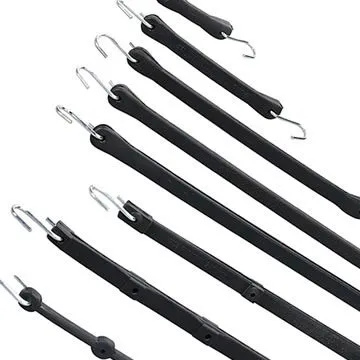Dec . 11, 2024 10:38 Back to list
Exploring Drywall Grid Systems for Efficient Interior Wall Installations
The Importance of Drywall Grid Systems in Modern Construction
In the realm of modern construction, drywall grid systems have emerged as a cornerstone for delivering aesthetically pleasing and structurally sound interiors. A drywall grid, typically made of metal or engineered wood, serves as the framework upon which drywall panels are attached. This system not only dictates the overall design and layout of interior spaces but also offers numerous functional advantages that are essential for contemporary building practices.
Understanding Drywall Grids
A drywall grid system includes horizontal and vertical tracks that create a skeleton for drywall panels. These grids come in various sizes and configurations, tailored to fit different spaces and design preferences. This flexibility allows architects and designers to innovate and push the boundaries of traditional aesthetics, creating unique interior environments.
The grid system includes two fundamental components the main runners and cross tees. The main runners run the length of the room, while cross tees connect the main runners, forming a grid pattern. This setup provides the necessary support for the drywall panels, which are typically installed in sheets that are attached to the grid with screws. This secure fastening ensures the integrity of the walls, reducing the risk of sagging or cracking.
Benefits of Using Drywall Grids
1. Improved Aesthetics One of the primary advantages of drywall grids is their ability to create smooth, uniform surfaces that enhance the overall look of a room. When drywall panels are mounted on a grid, the seams between panels can be expertly finished, resulting in clean lines and an appealing visual effect.
drywall grid

2. Flexibility in Design The adaptability of drywall grids allows for creativity in interior design. The grids can be configured to suit different architectural styles, from minimalist modern to more traditional looks. This versatility opens the door to various design possibilities, accommodating intricate patterns and layouts.
3. Acoustic Properties In commercial spaces, sound control is crucial. Drywall grid systems can aid in creating soundproof environments by accommodating insulation and specialized acoustic panels. This makes them popular choices in offices, schools, and healthcare facilities where noise reduction is a priority.
4. Easier Installations and Repairs One of the often-overlooked benefits of drywall grids is their facilitation of repairs and maintenance. Since the panels are attached to a grid system, replacing damaged sections of drywall is straightforward. Instead of having to remove entire walls, builders can simply disconnect or replace individual panels, saving time and effort.
5. Energy Efficiency By integrating insulation into the grid system, drywall grids can enhance the energy efficiency of a building. Proper insulation not only maintains comfortable indoor temperatures but also lowers energy costs, making it an appealing choice for sustainable building practices.
6. Fire Safety Many drywall grid systems are designed to be fire-resistant. This is an essential feature in commercial buildings where code compliance is stringent. Using non-combustible materials, these grids can help slow the spread of fire and protect the structural integrity of a building.
Conclusion
In conclusion, drywall grid systems represent a vital aspect of modern interior construction. They combine functionality, aesthetic appeal, and flexibility, catering to the needs of contemporary design while offering practical advantages. As the construction industry continues to evolve, the importance of drywall grids will undoubtedly remain significant, shaping the interiors of homes and businesses for years to come. Investing in a quality drywall grid system will not only enhance the beauty of a space but also contribute to its safety, functionality, and overall value.
-
Quality Ceiling Trap Doors & Access Panels | Easy & Secure AccessNewsAug.30,2025
-
Durable Ceiling T Grid Systems | Easy InstallationNewsAug.29,2025
-
PVC Gypsum Ceiling: Durable, Laminated Tiles for Modern SpacesNewsAug.28,2025
-
Pvc Gypsum Ceiling Is DurableNewsAug.21,2025
-
Mineral Fiber Board Is DurableNewsAug.21,2025
-
Ceiling Tile Clip Reusable DesignNewsAug.21,2025







